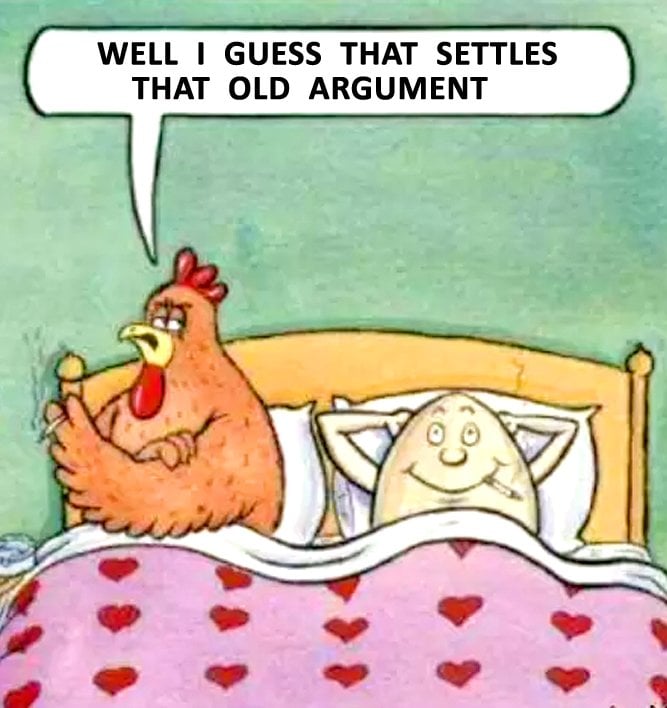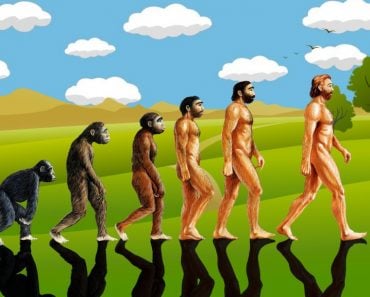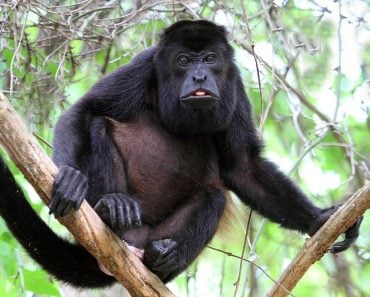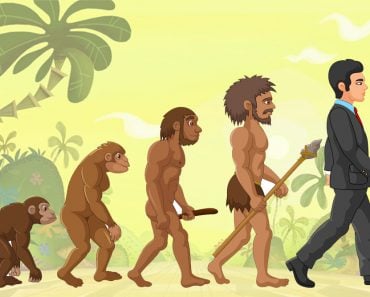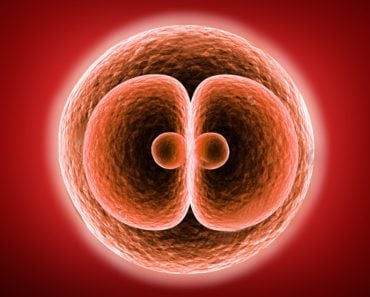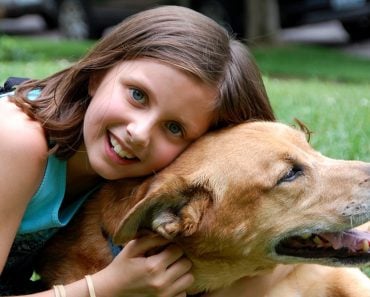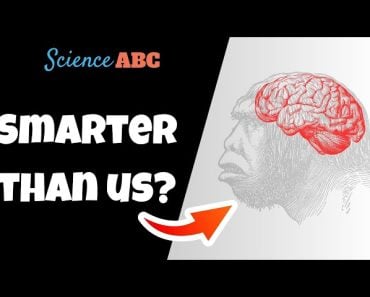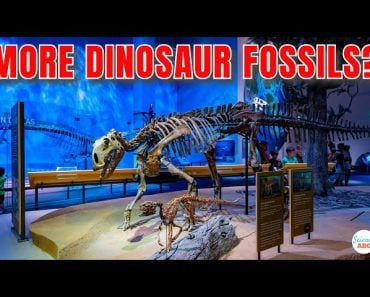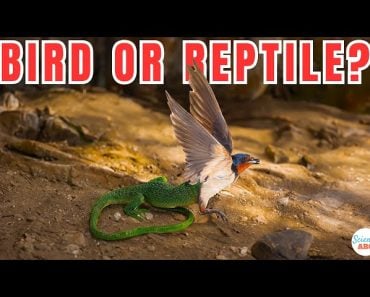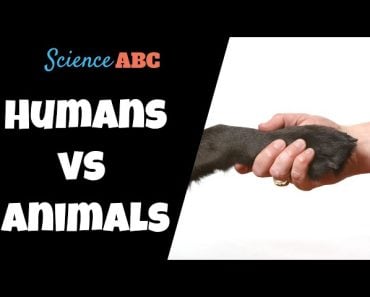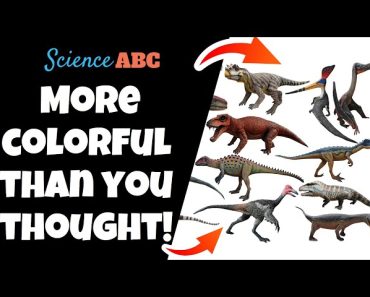Table of Contents (click to expand)
The answer to this question is that the chicken came first. This is because Chickens are evolved from junglefowl following the breeding of red and grey junglefowl. The chicken is Gallus gallus domesticus, a subspecies of Gallus gallus, the red junglefowl. Because of the chicken’s yellow skin gene, and a few other genetic pointers, there’s tangible evidence that the red junglefowl was hybridized with the grey junglefowl (Gallus sonneratii), which gradually led to what we call a ‘chicken’.
What came first, the chicken or the egg? This is a classic conundrum we’ve heard since childhood. Before the work of Darwin, Mendel and others, the answer to this question was mostly derived from religious texts. These sacred texts mainly preach that each animal was created at the beginning of the world, meaning that the chicken did not come from the egg, but from nothing. However, does this postulation hold true from a scientific perspective? Well, let’s try to find an answer to this classic dilemma using concepts from evolutionary biology.
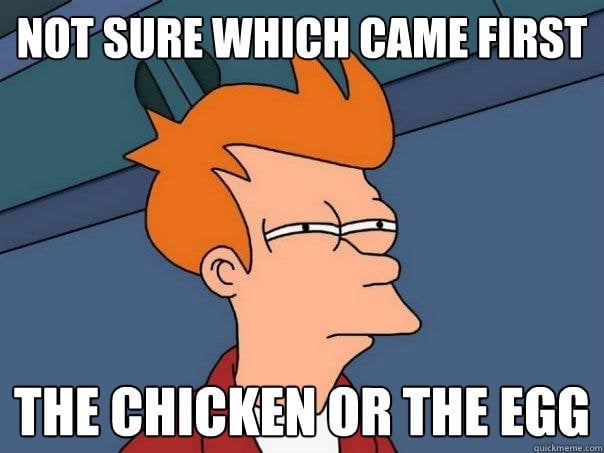
Recommended Video for you:
First Cause
For the cynics of evolution, this conundrum is used to illustrate the predicament of the first cause. If every animal is evolved from an earlier animal, how did the whole process start? The answer to this lies in abiogenesis, which challenges the very definition of life itself.
To define life, we presently go about describing it as a self-sustaining, self-contained grouping of one or more cells—which are in turn generated by other, earlier cells. From the tiniest bacteria to the biggest whale, all life has cells, of one type or another.
Idea Of Evolution
The core idea is that all cells have predecessor cells, which go on creating newer cells. Cells usually divide into (almost) identical copies with an aim to either repair/replace damaged cells or increase the total number of cells, i.e., to foster the growth of the organism of which they are a part.
However, occasionally, two very special cells come together to form a fundamentally different organism that can go off into the environment, and in the case of the chicken, kill tiny lizards. This is the essence of sexual reproduction, wherein cells merge genetic material to create a new form, while also fending off those cell-hijacking viruses and all the other nasty organisms that can exploit the way our cells function.
Reiterate this mechanism of reproduction billions of times over the course of millions of years, and one experiences different copying errors, random alteration, transient cosmic rays, all of which lead to the formation of new organisms through a slow gradual process of evolution.
The main challenge is to identify when a creature stops being a dinosaur and starts being, for example, a bird. Evolutionary scientists know there isn’t a specific day when species X disappears and species Y takes over. No hirsute Homo erectus suddenly gave birth to less hairy and more intelligent Homo sapiens. All these changes happen over time—extremely long periods of time.
Disbelievers of evolution like to use the example of the chicken and the egg because that extra step—i.e., birds are ‘born’ one day and ‘hatch’ on a different day—adds room for speculation and debate. If a proto-chicken lays an egg that hatches into a chicken, was that a proto-chicken egg, or was it a chicken egg?
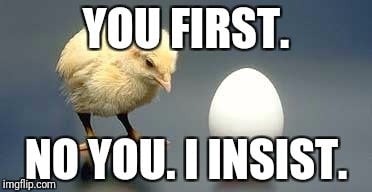
Some of these critics also remonstrate that the internal machinery required to build an egg is very intricate, so how could a “thing-that-wasn’t-a-chicken” possibly include the ‘right’ machinery inside it to make a chicken egg?
This is where the evolutionary scientists step in and try to explicate that the bird we call a “chicken” didn’t just suddenly pop out of a dinosaur egg. It has a bird ancestor that already laid eggs. Prior to that, eggs were used by dinosaurs, of course, and even earlier by amphibians!
In response, the critics note that they aren’t doubting if ancestors of the chicken laid eggs. They’re instead asking how an animal that needs to develop in an egg could ever come from an animal that wasn’t the same species.
It might sound preposterous, but to answer this, it’s helpful to realize that there is no such thing as a “chicken”. Semantically, there are chickens, of course, but in a profound biological sense, the idea of organizing animals into separate species and saying “that animal is a yellow baboon, and that is a red-tailed hawk” is a very human obsession; nature doesn’t really pay that much attention to it.
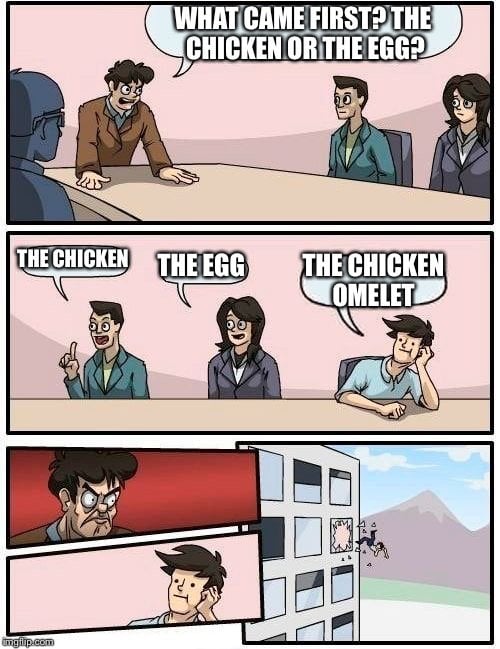
It’s All In Our Genes
Speaking from an evolutionary standpoint, what each of us is today is due to the architecture of our particular set of genes. At a fundamental level, it is our genes that control what we look like (although some environmental factors affect the fine details).
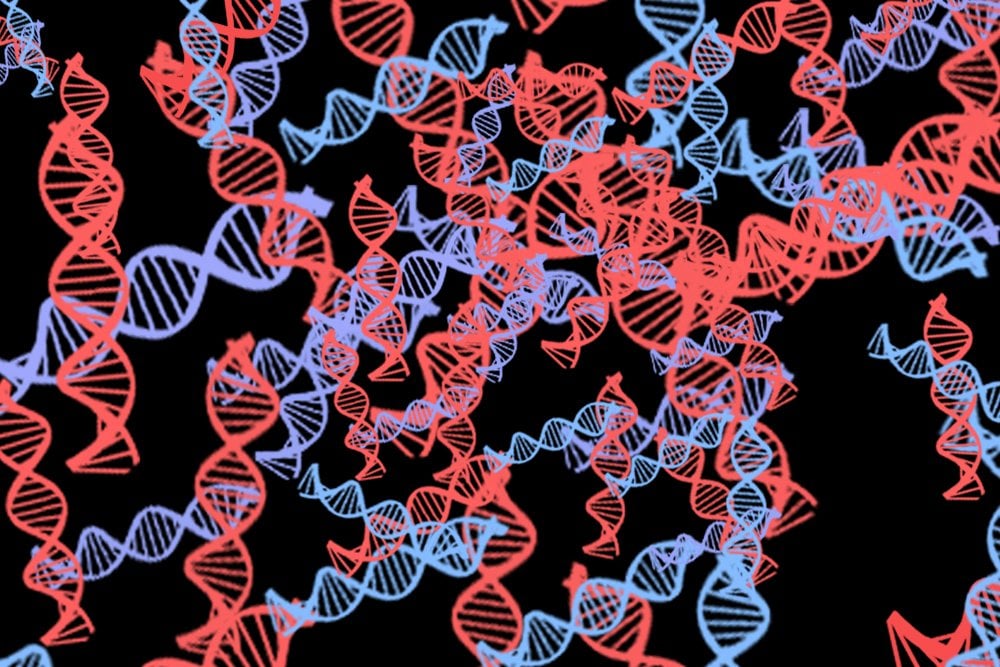
If you closely observe genes over time, it’s not exactly straightforward to tell where one species gave way to another. It would take thousands of generations for a horse-like creature to show a slow loss of a specific set of genes, while a mutation elsewhere will slowly become dominant, resulting in the horselike creature developing hooves, for example.
To witness this slow mechanism, you would probably need a time machine with multiple halts, perhaps every few hundred years, so you could photograph hundreds of horse-feet and then arrange them chronologically. Only then would you notice the slow and gradual change from soft toes to a single, hardened hoof.
And The Answer Is…
Now that you have a general grasp of evolution, let’s move back to the ‘chickens’. From ancestor bird to chicken, a long unbroken lineage of birds kept laying eggs. Each chick was little different from its parents, and over millions of years, these nuances built up to the point where the bird now looked like what we call a chicken.
This is true of how animals evolve, but in the specific case of the CHICKEN and the EGG, we haven’t roped in evolution to answer this conundrum. As it turns out, the answer to this question is not that difficult. To answer it simply, one day there was a bird that wasn’t a chicken, and it laid an egg, and that egg hatched into a chicken. Basically, at some point, an almost-chicken creature produced an egg containing a bird whose genetic makeup (on account of thousands of accruals of small genetic mutations) was fully chicken.
How do we know? Because we were there and—very likely—made it happen. That’s right. Chickens are evolved from junglefowl following the breeding of red and grey junglefowl.
The chicken is Gallus gallus domesticus, a subspecies of Gallus gallus, the red junglefowl. Because of the chicken’s yellow skin gene, and a few other genetic pointers, there’s tangible evidence that the red junglefowl was hybridized with the grey junglefowl (Gallus sonneratii), which gradually led to what we call a ‘chicken’. This first “real” chicken came from an egg of parents who were “very close” to chickens, but not genetically “complete”.
